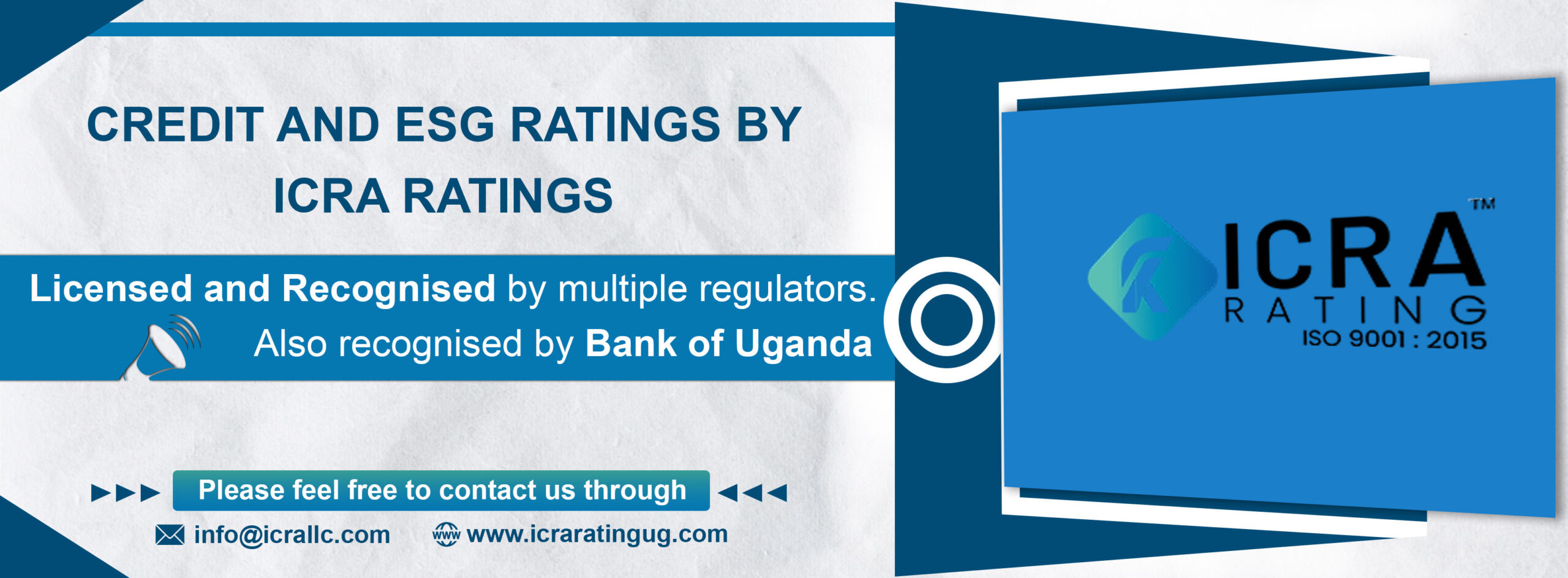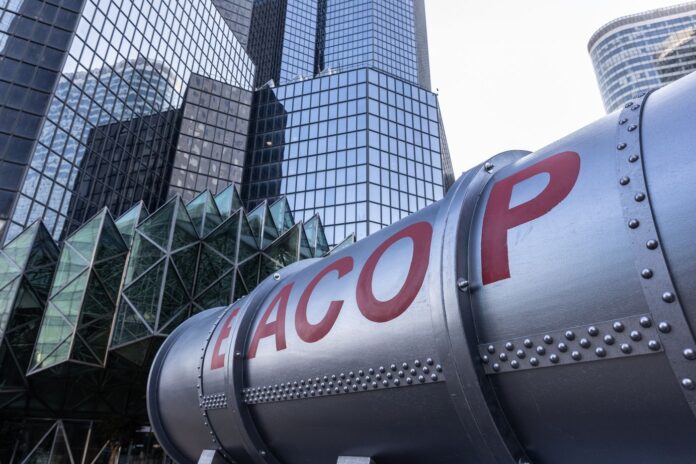The genesis of the EACOP dates back to November 2017, when President Museveni and Tanzanian President John Pombe Magufuli inaugurated its construction in Hoima District, Uganda.
Measuring 1,443 kilometres, the EACOP is the world’s longest inland pipeline and aims to link Uganda’s Albertine Graben region to international oil markets via a terminal at Tanga, Tanzania, traversing 10 districts in Uganda and 24 in Tanzania.
However, since its inception, the scheme has come under fire from activists who have continued to say that it will harm fragile ecosystems in areas rich in biodiversity as well as the livelihoods of tens of thousands of local people.
This has led to a multitude of suits and legal challenges, which have continued to delay its success.
So, is it the end of the beginning or the beginning of the end of the grievances between EACOP and environmentalists?
The East African Crude Oil Pipeline (EACOP) runs from Kabaale, Hoima district, in Uganda, to the Chongoleani Peninsula near Tanga Port in Tanzania, and 80% of the pipeline is in Tanzania. It is a buried, thermally insulated 24″ pipeline along with six pumping stations (two in Uganda and four in Tanzania), ending at Tanga with a terminal and jetty. In Uganda, crude oil will be loaded onto tankers.
The French multinational oil company Total is the project’s main proponent and stands to profit the most from the pipeline’s construction. Working alongside Total is another multinational corporation, the state-owned China National Offshore Oil Corporation (CNOOC).
Both Total and CNOOC hold the licenses to extract oil in Uganda but can only begin drilling once EACOP is built.
Following pressure from the #StopEACOP campaign, the African Development Bank declared that it had no intention of financing the pipeline.
In March 2021, Barclays and Credit Suisse became the first two commercial banks to rule out providing finance for the construction of EACOP publicly. To date, 27 commercial banks, 23 insurers, and four export credit agencies have publicly committed not to supporting EACOP.
Where will the project get funding? Well, I believe the banks are misguided; several other banks should invest in the highly lucrative project!
On February 28, 2023, a court in Paris dismissed a case filed by six French and Ugandan environmental and human rights groups seeking to halt construction of the 1,443-kilometre EACOP from Uganda to Tanzania.
The Paris Court ruling in summary proceedings considered that the Civil Societies (CSOs) legal action was inadmissible because their current claims were “substantially different from the claims” made in the initial formal notice sent to the defendant. Given the social and environmental urgency in Uganda and Tanzania, the six CSOs had chosen to bring the case before the interim relief judge in 2019 in the hopes of obtaining a swift decision.
However, a lengthy procedural battle ensued, ultimately leading to the involvement of the French Supreme Court (France’s highest court for civil matters). EACOP is the only way to export the oil out of landlocked Uganda to be processed and sold worldwide.
Could these challenges facing the pipeline be addressed? Definitely yes!
According to NTV Uganda, land acquisition and compensation pose substantial challenges, with concerns raised about potential delays should legal disputes favor affected communities.
Dickens Kamugisha, CEO of the Africa Institute for Energy Governance, cautioned that such rulings could impede the project’s progress.
Currently, 12,435 acres have been acquired for the EACOP, with 3,660 affected persons, of which 2,740 are in Uganda.
Ismael Nsereko, EACOP’s Stakeholder Engagement Coordinator, reported that 95% of landowners have permitted access, with 93% already compensated. However, some claimants have rejected compensation offers and resorted to legal action.
I personally believe this could be resolved through stakeholder engagement to avoid further unnecessary delays!
Environmentalists have also voiced concerns about ecosystem disruptions and carbon emissions, estimating that the pipeline could emit 20 million metric tonnes of carbon dioxide.
However, the Petroleum Authority of Uganda assures that safety measures, including thicker coatings and intrusion detection systems, have been implemented.
Now, how to convince environmentalists through these measures should be on the agenda. Engulfed in these legal battles, human rights, and environmental concerns, one wonders how fast Uganda, as a landlocked country, will realize its dream of oil extraction.
With the economic environment increasingly becoming rife internally due to the huge debt burden, Uganda needs oil revenues to further its pace of economic development.
Is it the end of the beginning or the beginning of the end of the grievances between EACOP and environmentalists?















